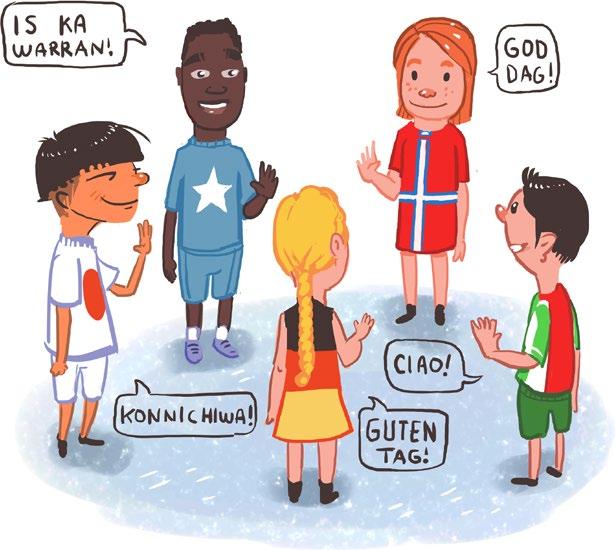
1 minute read
Which variety to choose?
Chapter 8
Sentence types
We will start with simple sentences, which consist of just one clause. As we shall see later, clauses may be combined in ways to make up sentences. When reference is made in the curriculum to “sentence structures,” this is what is at stake: Learners are meant to be able to vary their use of sentences, using simple sentences some of the time, but also using clauses that are co-ordinated by and, but and or, and clause complexes with dependent (subordinate) clauses (see section 7.4 above). In complex clauses, there is a main clause with one or more dependent clauses integrated in it. Here are examples of all three types:
(1) My favourite team is winning. (simple sentence – one clause)
(2) My favourite team is winning, but the players can’t rest on their laurels. (compound sentence – two main clauses conjoined by but)
(3) My favourite team is winning because the coach is brilliant. (complex sentence – two clauses, one main clause and one dependent clause introduced by because)
8.1 Simple sentences
Simple sentences consist of just one clause pattern. See (1) above. Syntactically, there is one subject and one verbal in this case. In terms of the meaning we are communicating, there is a topic (My favourite team) and the rest of the sentence tells the readers what kind of process the team is engaged in, that of winning. The clause pattern here is, in other words, very simple: SV.
180




